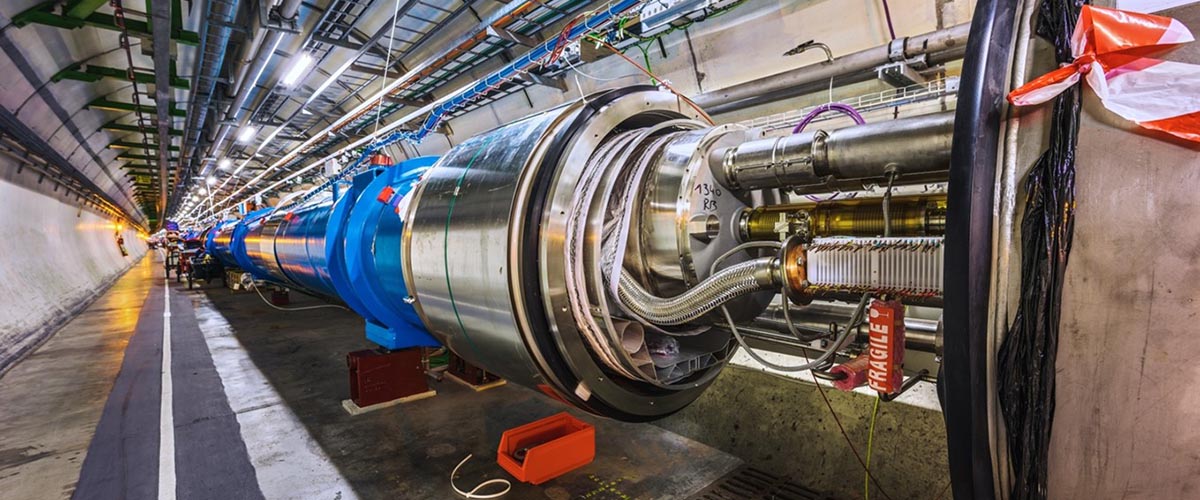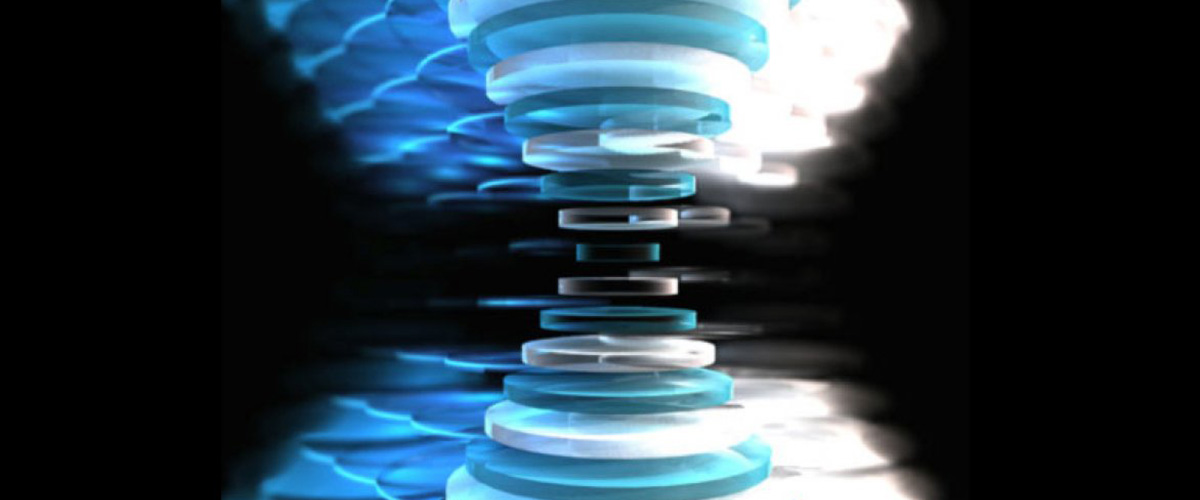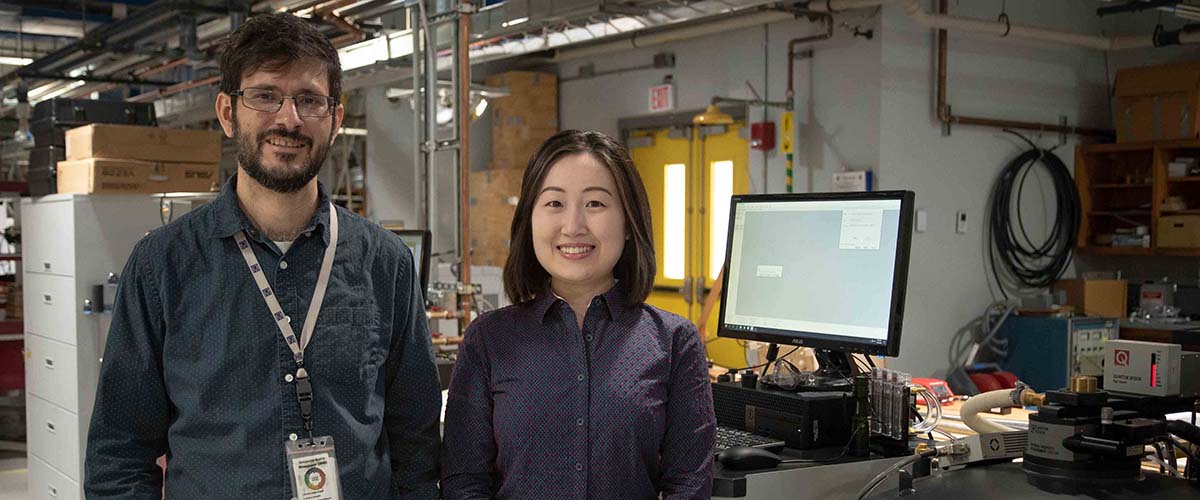Contacts: Lance Cooley
TALLAHASSEE, Fla. — The National High Magnetic Field Laboratory is playing a critical role in building more powerful magnets for the largest particle accelerator on earth.
The Large Hadron Collider, in a tunnel at the border between France and Switzerland, is a 17-mile loop used to speed up subatomic particles and smash them together, seeking to solve the mysteries of matter.
The particles are so tiny that scientists say making them collide is like firing two needles at each other from six miles apart with such precision that they meet exactly halfway.
Accelerating, steering and focusing the particle beams requires powerful electromagnets of around eight tesla made from superconductors—materials that can carry an electrical current without resistance .
The MagLab – home to the world's most powerful superconducting electromagnet at 32T — is one of four US national laboratories joining forces to create new, more powerful magnets that will improve the collider's precision. An upgrade later this decade will install magnets that are 50% stronger, resulting in more collisions, more data and more answers about our world.

Cross section of Niobium-Tin (Nb3Sn) superconducting wire
Those new magnets will be built using high performance niobium-tin superconducting wire , which several superconducting magnets at the MagLab are made from. A team of MagLab scientists has been working for years with the manufacturer, Bruker OST, to improve the wire's capability for use in the Large Hadron Collider and independently test it for quality assurance.
"It has never been used in an accelerator before, so there are many unknowns that make the engineering challenges much more difficult," said Lance Cooley, Director of the Applied Superconductivity Center at the MagLab and a manager of the US project.
The MagLab's team verifies the wire's critical current— how much electricity it can sustain before it loses superconductivity— and measures how well the metal transfers heat and keeps conducting if it does end up losing superconductivity.
"The hundreds of samples validated by the MagLab reinforce our reputation for world-class measurement science. Our expertise, leadership, tools, and capabilities make us a benchmark," Cooley said.
Critical measurements by the MagLab have cleared the way for the wire to be turned into cable. The Lawrence Berkeley National Lab just recently marked a milestone, finishing a seven-year project to wind some 1,400 miles of wire into more than 100 cables.
Fermilab and Brookhaven National Lab are turning those cables into coils. Back at Berkeley, four coils will be joined to make magnets. The magnets will return to Fermilab for assembly into two-magnet modules for delivery to the Large Hadron Collider.
"The team has enthusiasm for taking on the enormous engineering challenges," Cooley said. "The multi-laboratory collaboration has demonstrated the best of what can be accomplished in response to a grand challenge."
The US has pledged to provide eight magnet modules, plus two spares. That's 20 magnets in all, made of 80 coils of the cable, made of hundreds of miles of wire, enough to stretch from Boston to Miami.
The American team is set to deliver the magnets in 2025. The next year, the Large Hadron Collider will be shut down for three years of upgrades. When the collider goes back online in 2029, the stronger magnets are forecast to produce five to seven times more proton collisions than before, providing new insights into the secrets of the subatomic world.
"Seeing new technology go into a large system like the Large Hadron Collider for the first time is a game-changing moment," said Cooley.






